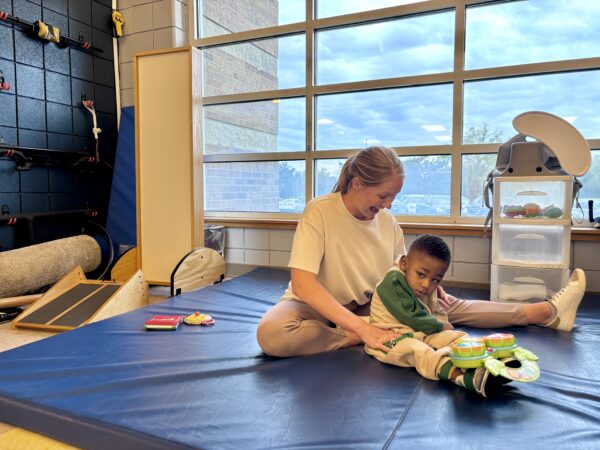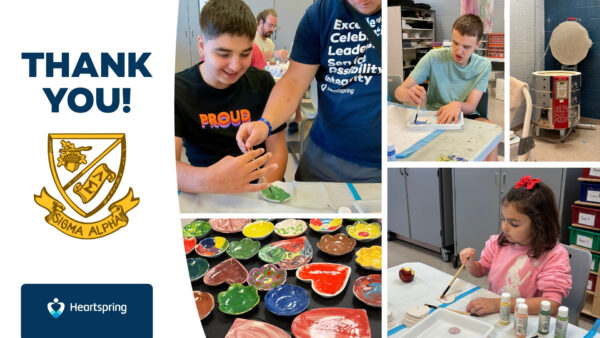Insights & Resources
Feeding Therapy Strategies to Help Children Succeed During Holiday Meals

Discover how you can support your child at holiday meals using feeding therapy strategies.
View this post on Instagram
Feeding therapy, led by our team of trained therapists, helps children gradually overcome sensitivities to textures, flavors, and smells that can often be overwhelming. Through a structured approach, children learn to tolerate and eventually enjoy a wider variety of foods. This not only broadens their nutritional intake but also allows them to participate more fully in holiday traditions, like tasting Thanksgiving turkey or Christmas treats, which might otherwise seem intimidating.
All of our pediatric feeding therapists are trained in the Sequential Oral Sensory (SOS) therapy approach, which is an evidence-based framework for addressing children’s feeding challenges.
After a comprehensive initial evaluation, our therapists develop an individualized plan to improve a child’s oral motor skills for eating, expand the textures and foods tolerated, and support families with at-home mealtime strategies.
Therapists use play-based techniques and individualized strategies to help children engage with new foods in a way that feels safe. For families, this means less worry over picky eating and fewer disruptions at the table. Feeding therapy can also offer caregivers tools and insights into how to approach mealtime, reducing anxiety and enhancing connection during holiday gatherings.
Nikki Bina, our Clinical Director of Interdisciplinary Therapy in Outpatient Services at Heartspring says, “When I think about my own family celebrations, many center around food. It is important to us that children be a part of our holiday traditions.”
Three Holiday Feeding Therapy Strategies
Encourage food exploration in preparation.
Ahead of big holiday meals, encourage your child to help prepare holiday dishes. Many times, children will help in the preparation of foods which allows for engagement at the touch, smell, and even taste steps to eating. Allowing them to explore and engage with the food can continue to support the foundational skills for eating.
Offer preferred foods with exposure to new ones.
At the table, make sure your child’s plate has foods they’ve previously consumed successfully. Offer a small amount of a new food on an additional plate nearby, so they can learn about it if they’re ready without pressure.
Keep mealtimes short and sweet.
While adults might want to sit around the table and catch up with family and friends this time of year, prolonging the meal can increase stimulation and stress for children who struggle around food. Giving them an option to leave the table but remain nearby will allow them the freedom to keep their distance or engage at their comfort level.
Food has the power to connect families and create memories, but for some children, it’s a barrier they need assistance to overcome. As your pediatric partner, our therapeutic approach is designed so that children and families always have guidance and support to create lasting change and increase independence.
Ultimately, feeding therapy promotes a sense of belonging, encouraging children to be part of family meals, share in new experiences, and build positive memories around holiday foods—empowering them to enjoy the season alongside their loved ones.
Published: Nov. 22, 2024
Share this




